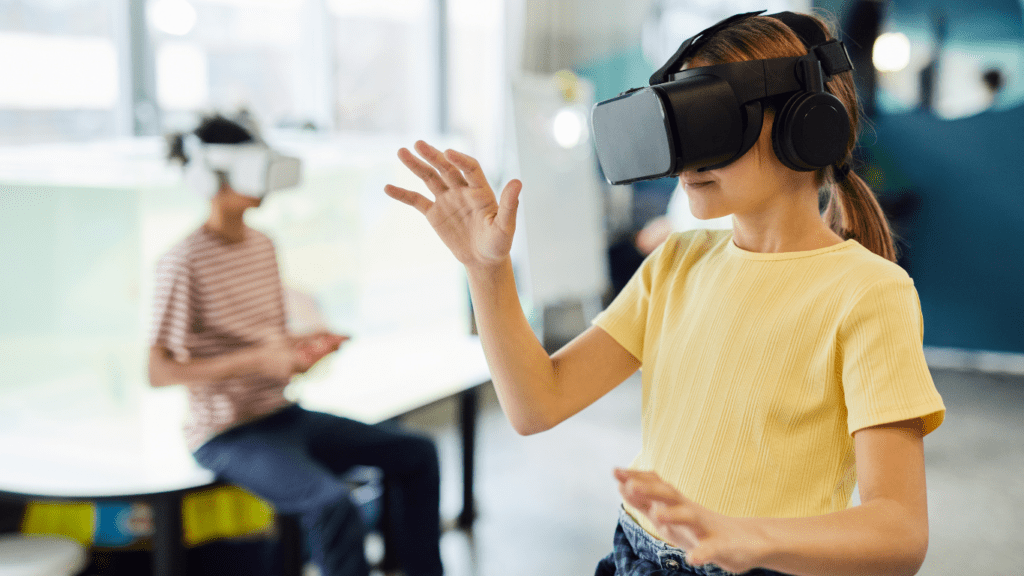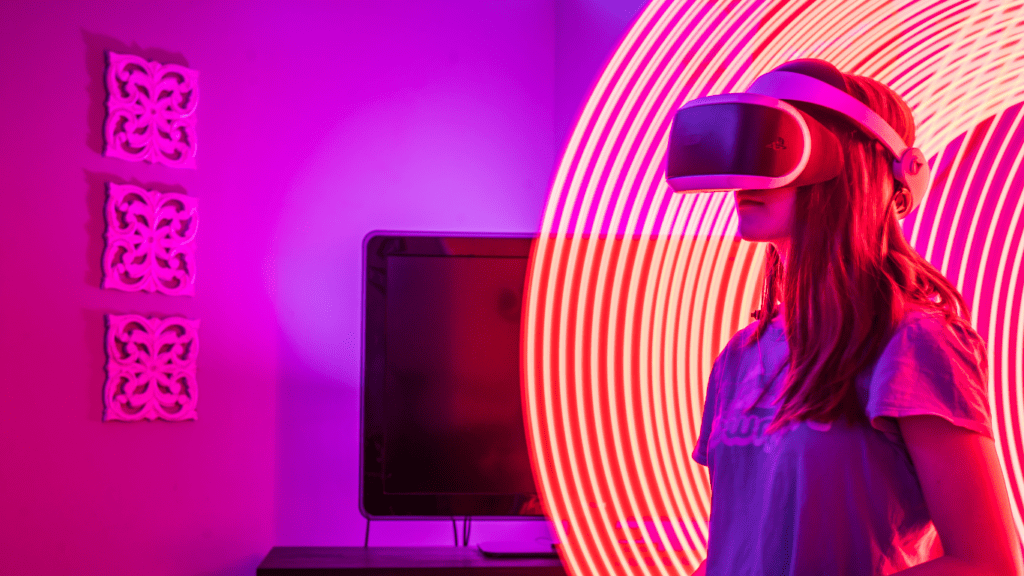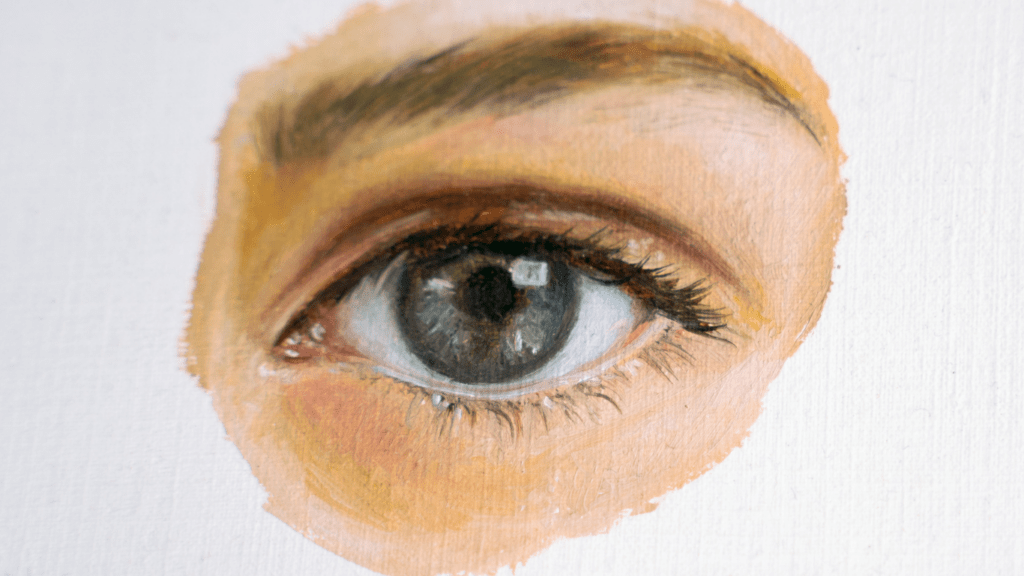The Evolution of Art and Technology
Art and technology have always been intertwined. Over centuries, each new technological breakthrough has spurred novel artistic expressions. From the discovery of perspective in the Renaissance era to the invention of photography in the 19th century, each advancement has opened new avenues for creativity. Artists have embraced these changes to broaden their expressive capacities.
In the digital age, the relationship between art and technology has grown even stronger. Digital tools like graphic design software, 3D modeling, and digital painting have become indispensable to modern artists. These tools have democratized art by making sophisticated techniques accessible to a wider audience.
Virtual reality (VR) represents the latest frontier in this ongoing evolution. VR allows artists to create immersive 3D environments that can be explored interactively. This technology offers unprecedented opportunities for innovation in art. Artists can now construct entire worlds, giving viewers a direct experience of their creative vision.
The integration of VR into the art world is not just a trend; it’s a fundamental shift. Institutions like museums and galleries are adapting to this change, incorporating VR installations into their exhibits. These immersive experiences capture the audience’s attention in unique ways, making the art feel more immediate and impactful.
The continuous evolution of art and technology has culminated in the advent of VR, enabling artists to push the boundaries of creativity further than ever before.
Introduction to Virtual Reality in Art
Virtual Reality (VR) blends digital innovation with art to create groundbreaking experiences. In this section, I’ll explore what VR encompasses and how it intersects with artistic endeavors.
Defining Virtual Reality
Virtual Reality (VR) refers to a computer-generated environment that simulates physical presence in real or imagined worlds. Through VR headsets, users immerse themselves in 360-degree views, interacting with the virtual environment. Major companies like Oculus, HTC, and Sony release consumer-ready VR devices, increasing accessibility.
The Intersection of VR and Art
Art and VR collide in profound ways. VR allows artists to transcend traditional media, creating interactive 3D spaces. Pioneers like Google Tilt Brush enable artists to paint in a three-dimensional space. Through VR, artworks become immersive experiences. Museums embrace VR to offer virtual tours and interactive exhibits, expanding their reach.
Benefits of Virtual Reality in Art
Virtual reality opens new possibilities in art, transforming how artists create and audiences experience their work.
Enhanced Creativity
VR enhances creativity by offering tools that traditional mediums can’t match. Artists can craft intricate 3D sculptures and interactive environments, pushing the boundaries of imagination. For example, Google’s Tilt Brush enables creators to paint in a 3D space, resulting in artworks that can’t be replicated on a flat canvas. VR platforms let artists experiment without physical constraints like gravity, leading to innovative designs and concepts.
Immersive Experiences
Virtual reality provides immersive experiences, drawing viewers into the artwork itself. Unlike traditional galleries where one observes art from a distance, VR allows for engagement within the piece. Users can explore virtual exhibits, walking through 3D renditions of famous artworks or new digital creations. Museums like the Louvre and the Smithsonian offer VR tours, broadening access and allowing a deeper connection with the art.
Prominent Examples of VR Art

Virtual reality (VR) has unlocked unprecedented creative possibilities in the art world. Here are significant examples demonstrating the breadth of VR art.
Pioneering Artists and Projects
Certain artists stand out in the VR art scene.
- Marina Abramović‘s VR installation “Rising” addresses climate change, inviting viewers to experience rising sea levels. Viewers interactively influence the environment through their gaze, highlighting human impact on nature.
- Laurie Anderson, a multimedia artist, created “To the Moon,” a VR work celebrating the 50th anniversary of the moon landing. Audiences can explore dreamlike lunar landscapes, merging art and storytelling.
- Sutu (Stuart Campbell), an Australian artist, uses VR to craft interactive comics. His project “Mind at War” allows users to navigate soldiers’ experiences in war, providing an emotive virtual narrative.
VR Art Platforms and Tools
Several platforms and tools are essential for creating and experiencing VR art.
- Google’s Tilt Brush lets artists paint in 3D space using virtual brushes, enabling the creation of intricate, immersive artworks.
- Oculus Medium, now part of Adobe, is a powerful VR sculpting tool. Artists use it to mold detailed 3D sculptures with intuitive hand gestures, broadening the scope of digital art.
- Artsteps offers a platform for curating virtual art galleries. It provides tools to design digital exhibits, allowing artists to reach global audiences without physical constraints.
These pioneering projects and platforms exemplify how VR transcends traditional art boundaries, offering new dimensions of creativity and audience engagement.
Challenges and Limitations
Virtual reality in art faces several challenges despite its transformative capabilities.
Technical Constraints
VR art requires advanced hardware and software solutions. High-resolution headsets and powerful computers ensure smooth and realistic experiences but are costly. Latency issues and motion sickness can affect user experience except in optimal conditions. VR content creation demands specialized skills, posing a barrier for traditional artists.
Accessibility Issues
VR art isn’t accessible to everyone. High equipment costs limit access to affluent individuals and institutions. Physical disabilities make VR interfaces challenging to use. Efforts to address these issues include developing affordable devices and designing more inclusive VR experiences.
The Future of VR in Art
Virtual reality (VR) is set to transform art further. Emerging technologies and growing industry interest indicate a rapidly evolving landscape for VR art.
Potential Developments
Artists anticipate new VR tools. Developers are working on apps that offer improved realism and interactivity. Enhanced haptic feedback systems could let users feel textures and forms in digital environments. Advanced AI might help artists create more complex and dynamic pieces, pushing creative boundaries.
Collaboration is another exciting area. Multi-user VR platforms allow artists from different locations to work together in real-time. This could lead to global art projects unthinkable a decade ago. Museums and galleries are likely to integrate VR into their exhibits more extensively, offering enriched visitor experiences.
Industry Predictions
Experts predict significant growth. Markets and Markets reports the VR market could reach $44.7 billion by 2024. Art will be a substantial part of this expansion as VR tools become more accessible and sophisticated.
Artists may shift from traditional methods, incorporating VR more heavily into their practices. Education will adapt too—art schools might include VR courses in their curriculums. Art commerce could also evolve with virtual art galleries and auctions becoming more common.
These potential developments and industry predictions paint a vibrant picture of VR’s role in the art world.





